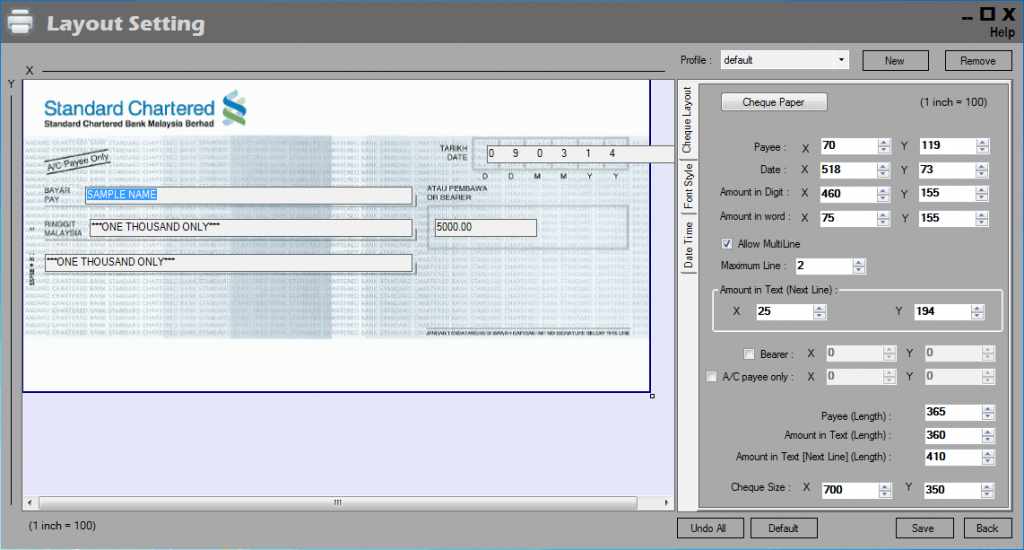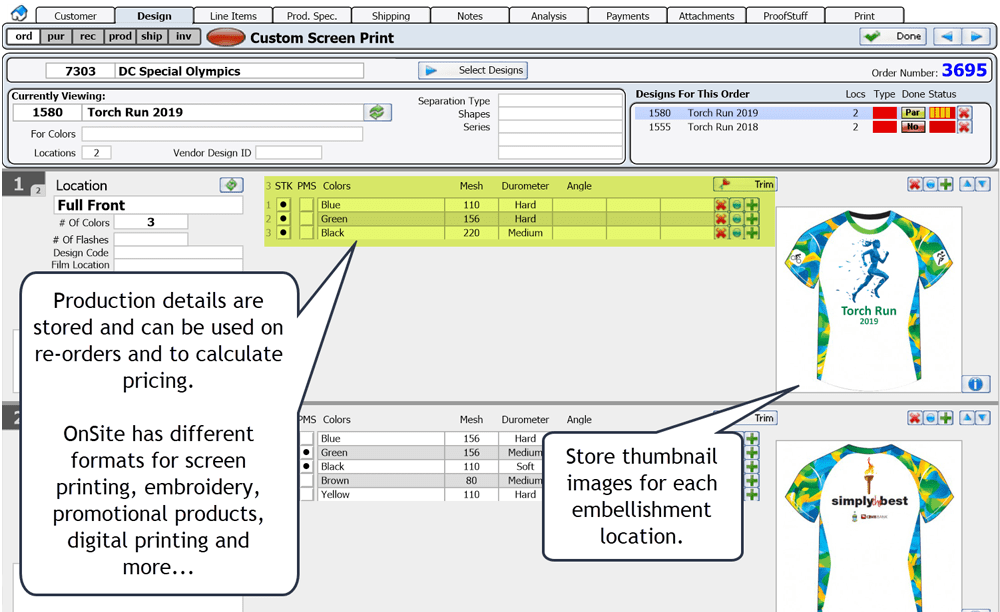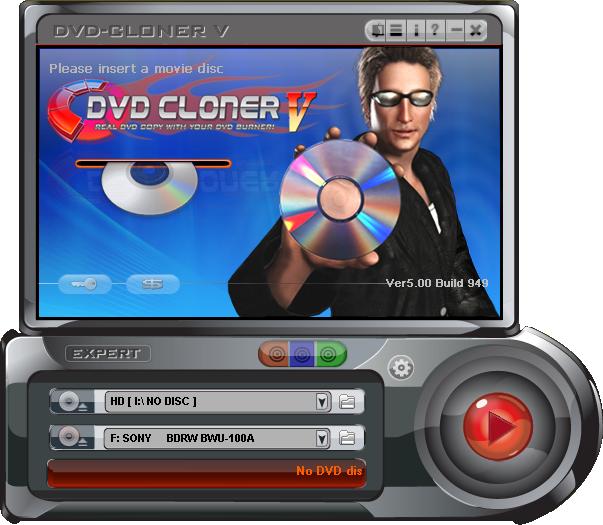

Survey: Robot programming by demonstration.

Aude Billard, Sylvain Calinon, Ruediger Dillmann, and Stefan Schaal.International Journal of Humanoid Robotics 5, 01 (2008), 47–66. Andrea Bauer, Dirk Wollherr, and Martin Buss.In 2019 28th IEEE International Conference on Robot and Human Interactive Communication (RO-MAN). Combining interactive spatial augmented reality with head-mounted display for end-user collaborative robot programming. Daniel Bambuŝek, Zdeněk Materna, Michal Kapinus, Vítězslav Beran, and Pavel Smrž.We conclude by discussing opportunities and limitations of the proposed approach, our system implementation, and our study and discuss a roadmap for expanding this approach to a broader range of tasks and applications. Results showed that users with little programming experience were able to program HRC tasks in an interactive fashion and our situated live programming approach further supported individualized strategies and workflows.

We evaluated this system in a study where participants (n = 10) developed robot programs for solving collaborative light-manufacturing tasks. We instantiate situated live programming in an authoring system where users can create trigger-action programs by annotating an augmented video feed from the robot’s perspective and assign robot actions to trigger conditions. This live programming approach enables the user to utilize the task space and objects by incrementally specifying situated trigger-action pairs, substantially lowering the barrier to entry for programming or reprogramming robots for collaboration. It enables end users to iteratively create, edit, and refine a reactive robot program while executing partial programs. Our approach builds on the paradigm of trigger-action programming (TAP) by allowing end users to create rich interactions through simple trigger-action pairings. Allowing end users, such as shop floor workers, to program collaborative robots themselves would make it easy to “retask” robots from one process to another, facilitating their adoption by small and medium enterprises. We present situated live programming for human-robot collaboration, an approach that enables users with limited programming experience to program collaborative applications for human-robot interaction.


 0 kommentar(er)
0 kommentar(er)
